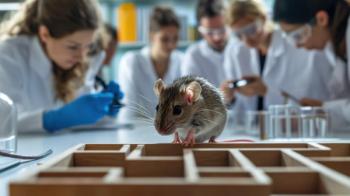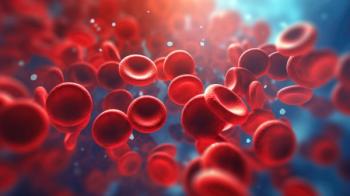
Employing UHPLC-HRMS to Analyze Chicory in Rats
A recent study from the Shangdong Academy of Chinese Medicine examined chicory using a novel UHPLC–HRMS technique and rats as the test subject.
A recent study published in the Journal of Separation Science demonstrates using chromatographic techniques to analyze chicory, a plant commonly found in Africa and Asia. The team used a variety of analytical techniques to better understand how the plant can reduce uric acid levels in living organisms. The research team, led by Bianli Wang and Huimin Zhang of the Shandong Academy of Chinese Medicine in Jinan, China, conducted an extensive investigation into the metabolic pathways of two crucial coumarins found in chicory – esculetin and esculin (1). The results of the study demonstrated that these compounds influence the therapeutic value chicory can have to mitigate diseases such as gout.
Hyperuricemia, which is when a living organism has a dangerous level of uric acid in its blood, is a condition that is commonly seen in many common diseases that can afflict human beings (1). It is commonly associated with arthritic afflictions such as gout.
To determine whether chicory could help mitigate and reduce hyperuricemia, the research team induced hyperuricemia in Sprague–Dawley rats using oxonic acid potassium salt and a 10% fructose water regimen over a 21-day period (1). Employing advanced ultra-high-performance liquid chromatography (UHPLC)-Q Exactive hybrid quadrupole-orbitrap high resolution mass spectrometry (HRMS), the scientists meticulously examined the fragmentation behaviors of esculetin and esculin in rat bio-samples (1).
After the hyperuricemia-afflicted rats received an oral intake of esculetin or esculin, the research team observed the rats’ uric acid levels were significantly reduced (1). This finding underscores the potential therapeutic impact of these chicory compounds in managing hyperuricemia (1).
The researchers also explored the metabolic pathways of esculetin and esculin. In their study, the researchers identified a total of 14 esculin metabolites and 24 esculetin metabolites (1). The identified pathways included hydrolysis, hydroxylation, hydrogenation, dehydroxylation, glucuronidation, sulfation, and methylation. Notably, certain metabolites exhibited variations between standard and hyperuricemia rats, suggesting that elevated uric acid levels might influence the activity of enzymes associated with these metabolic reactions (1).
This article was written with the help of artificial intelligence and has been edited to ensure accuracy and clarity. You can read more about our
Reference
(1) Lv, Z.; Wang, B.; Wang, B.; Zhang, H. In Vivo Comprehensive Metabolite Profiling of Esculetin and Esculin Derived from Chicory in Hyperuricemia Rats Using Ultra-High-Performance Liquid Chromatography Coupled with Quadrupole-Orbitrap High-Resolution Mass Spectrometry. J. Sep. Sci. 2023, ASAP. DOI:
Newsletter
Join the global community of analytical scientists who trust LCGC for insights on the latest techniques, trends, and expert solutions in chromatography.




